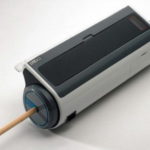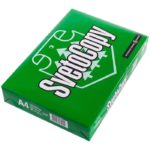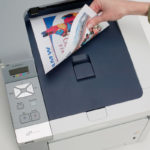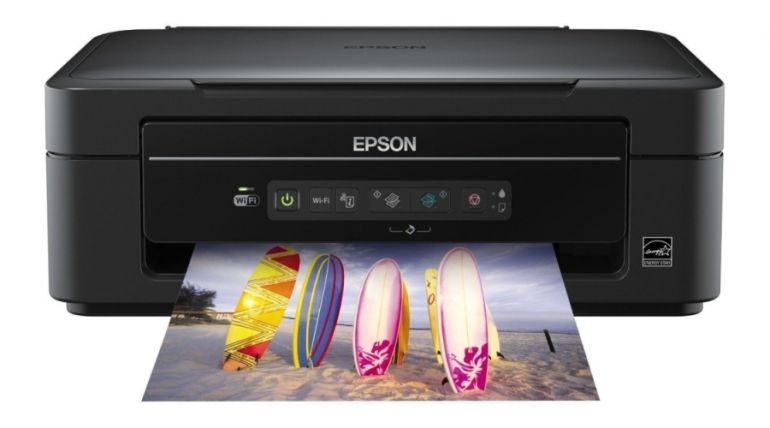How to print on a 3D printer
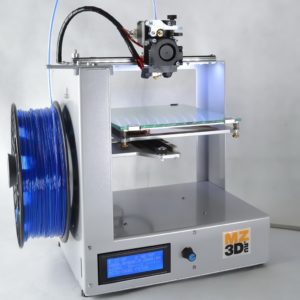 Nowadays, 3D technologies have become the key to successful business and the basis of many creative ideas. 3D printers are popular equipment for creating 3D prototypes. Working with such a device is not at all as simple as with conventional printing mechanisms. Read more about using 3D printers below.
Nowadays, 3D technologies have become the key to successful business and the basis of many creative ideas. 3D printers are popular equipment for creating 3D prototypes. Working with such a device is not at all as simple as with conventional printing mechanisms. Read more about using 3D printers below.
The content of the article
3D printer: what materials does it work on?
A 3D printer is an amazing mechanism that allows you to use a huge amount of materials. Professional models are even capable of creating biological tissues! Printers used for creativity and business can work with materials such as:
- Acrylic;
- Concrete;
- Types of paper;
- Hydrogels;
- Gypsum;
- Wood;
- Ice;
- Chocolate;
- Fabrics.
The list of materials suitable for work in this case is almost limitless. Professionals use the most unusual products to create original prototypes.
How is the model created?
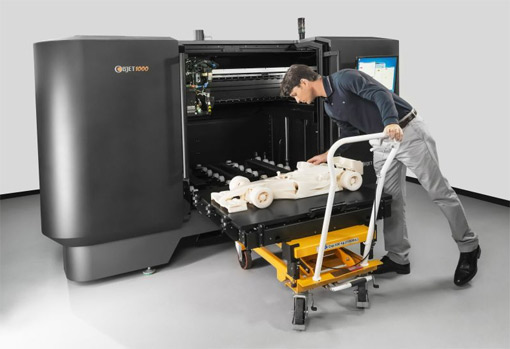 To create a model you will need a special editor. The most popular editor is 3D Max, which provides everything a beginner needs and is not too difficult to use on a computer. It can be used for creating models and for animation. Blender is a free competitor to the previous program.
To create a model you will need a special editor. The most popular editor is 3D Max, which provides everything a beginner needs and is not too difficult to use on a computer. It can be used for creating models and for animation. Blender is a free competitor to the previous program.
So, having downloaded the necessary program, proceed to mastering it. Read the installed editor guide and get started.Create the desired model from cubes on the screen, then select the resulting shape and click on the “Group” function. After this, the cubes are merged together, and the model is ready for printing. The most important thing in this matter is to save the result in stl format on time. The model is ready. Products can also be created in different colors.
In order to print a multi-colored figure, you need to download a program to dilute the model into several layers. Use the program, load the created prototype into it and configure the layer that needs to be painted in any color. Next, work on the formulation of the G code, open it in the editor and look for the number under which there is a layer for printing a different color. Save the file. Before printing this layer, the print head will move to the adjusted coordinates, and you will have a minute and a half to adjust the new color. After this, work will continue.
How to start printing
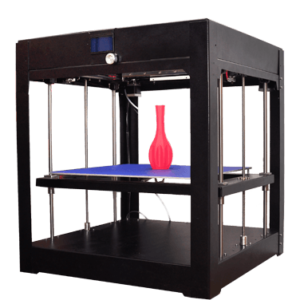 So, you managed to create a model in a special editor, but how to print it? Open the saved file in the special editor Slic3r. It is the most important thing in the operation of the printer, since it regulates the trajectory of the print head, regulates the speed at which plastic arrives, and generally determines the operating algorithm of the printing device. Next, G codes will open in the file, after which you need to open Pronterface.
So, you managed to create a model in a special editor, but how to print it? Open the saved file in the special editor Slic3r. It is the most important thing in the operation of the printer, since it regulates the trajectory of the print head, regulates the speed at which plastic arrives, and generally determines the operating algorithm of the printing device. Next, G codes will open in the file, after which you need to open Pronterface.
During this time, the head will prepare for work, after which you can start printing. During printing, the program reads the G code, which regulates the operation of the printer. At this time, it will be possible to trace the printing process on the screen and determine which process is currently taking place.
REFERENCE! In this case, two programs are used, however, there are also resources that contain the main features of the main programs, such as RepRap and Skeinforge.
Recommendations for using a 3D printer
 To successfully process various models, beginners should know the following tips:
To successfully process various models, beginners should know the following tips:
- Monitor the operation of the printer not only at the beginning of its operation, but also towards the end. It happens that the first stages of work go perfectly, and the result is amazingly clear, however, then the nozzle can hit the model and ruin the whole result.
- Don't forget to use varnish for your 3D printer.
- Do not place the mechanism near a window. If ABS plastic is used, drafts and other environmental elements may negatively affect future work.
- When creating parts with small tolerances, the possibility of shrinkage of ABS plastic should be taken into account.
- Do not remove the resulting model from inside the printer (from the table). This must be done with the glass removed.
- There should be order on the desktop near the printer, which is necessary for the adhesion of dimensional figures.

